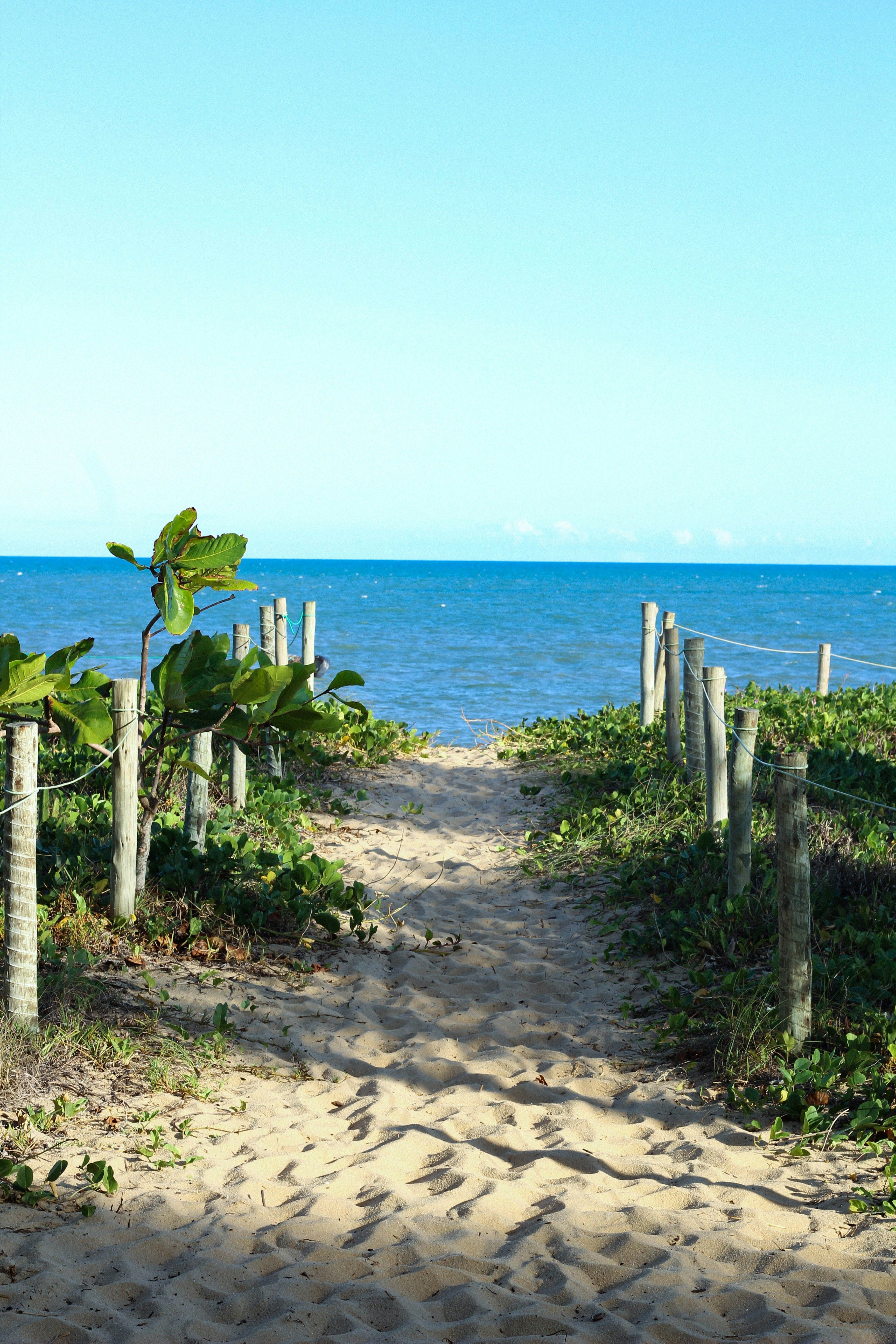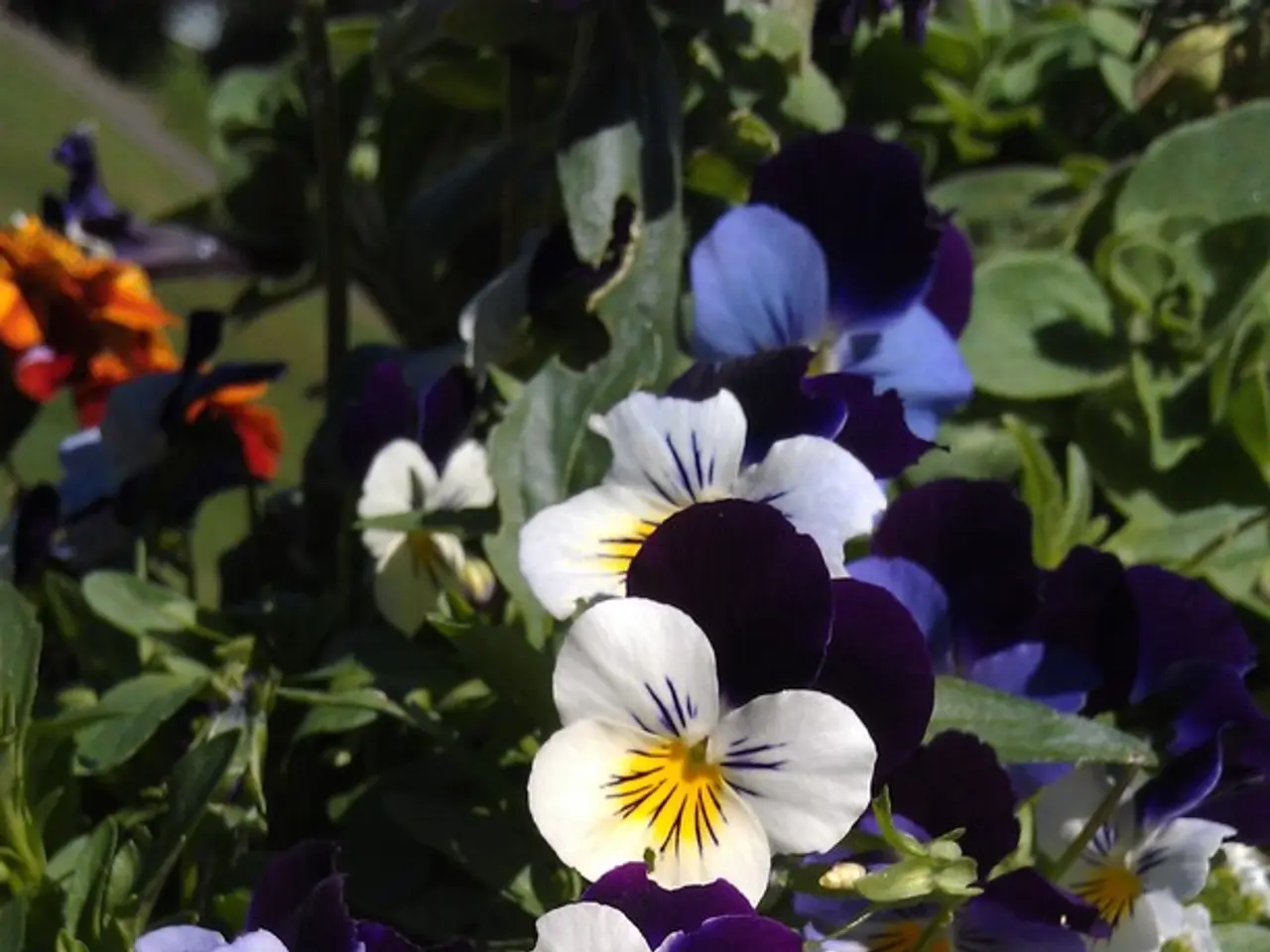Missteps in Watering from Below: 25 Risks for Plant Owners and Consequences of Failure
Mastering the Art of Bottom Watering: Tips and Pitfalls
Bottom watering, a popular method for maintaining plants, kept leaves dry while promoting deep root growth, and is often admired for its efficiency. However, an uninformed approach can lead to adverse effects.
1. Not Suitable for All Plants
It's essential to recognize that not all plants are suitable for bottom watering. Some plants, particularly those with shallow roots, require access to surface hydration to thrive. Neglecting these plants' specific needs can result in stunted growth and brown leaf tips.
2. Inefficient Watering and Timing
Leaving pots in water for brief periods does not effectively hydrate roots, while excessive watering can lead to suffocation or decay. Finding the balance between these extremes requires consistent monitoring and practice.
3. The Importance of Soil Type
The success of bottom watering depends on the soil's ability to absorb water evenly. Compacted or poorly draining soil inhibits water distribution, leading to stress and leaf yellowing. The ideal soil for this method is loose, well-aerated, and has good capillary action.
4. The Need for Top Watering and Salt Flushing
Although bottom watering tends to keep salts and minerals away from leaves, they can still accumulate on the surface. Periodic top watering helps flush these out, preventing hardened topsoil and nutrient imbalances.
5. Factoring in Pot Size
Pot size impacts the effectiveness of bottom watering. Larger and deeper pots require more time for water to reach the lower roots, creating potential dry spots. It's crucial to tailor watering methods to the container's size and depth.
6. Identifying the Root Cause
Bottom watering should not be used as a one-size-fits-all solution for all plant issues. Symptoms like yellowing leaves or wilting can stem from factors other than dry soil. Properly diagnosing problems and addressing their underlying causes is key to maintaining plant health.
7. Overdoing It
Excessive watering can create conditions favorable to root rot, mold, and bacterial growth. It's essential to let the soil dry slightly between sessions.
8. Maintaining Clean Water
Reusing water risk introducing harmful bacteria or mold. Fresh, clean water should always be used for each session to keep plants healthy.
9. Checking Moisture Levels
Since the topsoil remains dry, it can be misleading. Regularly check the soil at multiple depths to avoid over- or under-watering.
10. Ensuring Proper Drainage
Pots lacking drainage holes can cause moisture to stagnate, leading to oxygen depletion and fungal growth. Proper drainage is essential for all watering methods.
11. Monitoring the Whole Plant
Focusing solely on the roots can lead to ignoring surface signs of potential issues. Regular observation of the entire plant is crucial for early detection and addressing problems effectively.
12. Adjusting the Technique for Different Plants
Some plants are more delicate and may not respond well to bottom watering due to their unique requirements. It's essential to research the specific needs of the plants you cultivate.
13. Preventing Pests
Although bottom watering can help with some pests, it can still create conditions that attract others. Regularly inspecting your plants and using pest controls when needed is crucial.
14. Choosing the Right Containers
Porous materials like terracotta wick water naturally, aiding absorption. Non-porous materials, like glazed ceramic or plastic, can limit the method's effectiveness.
15. Factoring in Root Depth
Some plants have roots that grow near the soil's surface, and these may require occasional top-down watering for even hydration.
16. Selecting Appropriate Water Quality
Hard water can accumulate mineral deposits over time, potentially harming sensitive roots. Using filtered or rainwater is recommended for optimal plant health.
17. Adhering to a Regular Fertilization Schedule
Without proper nutrient supply, plants can suffer from poor growth and nutrient deficiencies. Be mindful of a feeding schedule to help your plants thrive.
18. Adjusting Watering to Climate Conditions
Humidity and temperature affect water absorption. Adjust the frequency of watering according to the climate to prevent overwatering.
19. Embracing Variation
Combining bottom watering with occasional top watering and fertilization promotes well-rounded plant care. It's essential to maintain a flexible approach to cater to your plants' diverse needs.
20. Pairing Routine with Observation
Even with a consistent watering routine, plants require visual inspection for optimal growth. Regular observation allows addressing problems in their infancy.
By understanding the potential pitfalls and adopting a balanced approach, bottom watering can become an effective tool for maintaining healthy and thriving houseplants.
1. Ideal for Home-and-Garden Enthusiasts
For home-and-garden enthusiasts interested in gardening and maximizing their lifestyle, mastering the art of bottom watering could be an exciting venture that fuses efficiency with plant nurturing.
2. Elevating Home-and-Garden Spaces
One well-hydrated and vibrant plant at a time, homeowners can elevate their home-and-garden spaces through the practice of bottom watering, creating a peaceful, nurturing environment.







